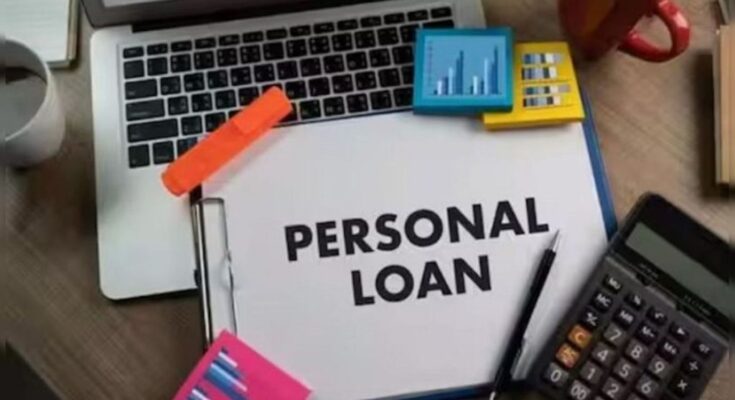Closed-end credit includes personal loans, which have fixed monthly payments for a predefined length of time (three, four, or five years, for example). Personal loan interest rates are given as a percentage of the principal, or the total amount you borrow.
The rate that is provided is the nominal annual percentage rate (APR), or the annual rate that is applied to your loan. It does not include charges associated with compounding or the impact of inflation. In reality, most personal loans employ the monthly periodic rate, which is calculated by dividing the annual percentage rate by twelve. The additional amount you will pay to borrow the principal and pay it back over time is determined by the annual percentage rate, often known as the periodic rate.
Understanding Personal Loan Interest Rates
Banks must first borrow funds, either from other banks or from the deposits of their clients, in order to provide loans. In addition to the inherent risk of lending money when there is no assurance that it will be repaid, the interest rate on a personal loan represents how much it costs a bank to borrow money.
The interest rate on a personal loan is determined by three key factors:
Creditworthiness of the borrower: Because they are less likely to default, borrowers with excellent credit ratings typically receive better rates.
Since these factors influence the possibility of repayment, lenders may also take the borrower’s income and job position into account. Because it is uncertain whether they will be able to make all of their payments, borrowers with low incomes or a past of missing payments typically have the highest interest rates.
The loan’s duration: Because long-term loans provide more time for the debt to generate interest, lenders profit more from them than from short-term loans. They consequently provide reduced rates for loans with longer terms. In the event that borrowers repay their debts prematurely, certain lenders may impose a prepayment penalty.
The cost of borrowing: Banks charge each other interest rates depending on the federal funds rate when they borrow money from each other. The consumer then bears the additional cost of borrowing money, which results in higher interest rates on personal loans.
Unsecured vs. Secured Loans
The majority of personal loans are unsecured, which means the lender is not able to seize the collateral. Money borrowed for a vacation could be an example of an unsecured loan. Since the lender is taking on more risk, unsecured loans usually have higher interest rates.
Additionally, loans may be secured, or supported by a valuable asset. Collateral is the item you pledge as security to the lender that you will pay back the loan. Because your house acts as collateral to ensure loan repayment, a home equity loan is an example of a secured loan. Because the lender has less risk, secured loans typically have lower interest rates.
Average Interest Rate on a Personal Loan
In August 2023, the average annual percentage rate (APR) for a 24-month unsecured personal loan in the US was 12.17%. Your rate may vary from 5.99% to 35.99% based on the lender and your credit score. As of August 2023, the average annual percentage rate (APR) for a 60-month secured new car loan was 7.88%. The Federal Reserve System Board of Governors. “G.19—Consumer Credit.” This demonstrates how a secured loan can reduce interest rates more than an unsecured loan.

